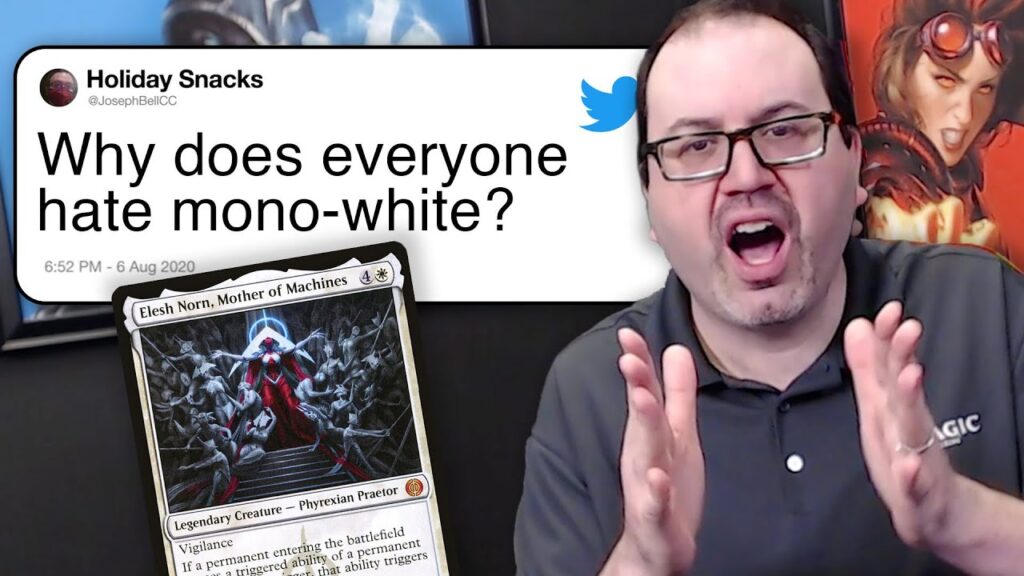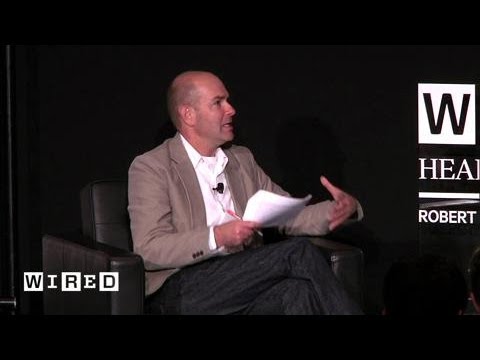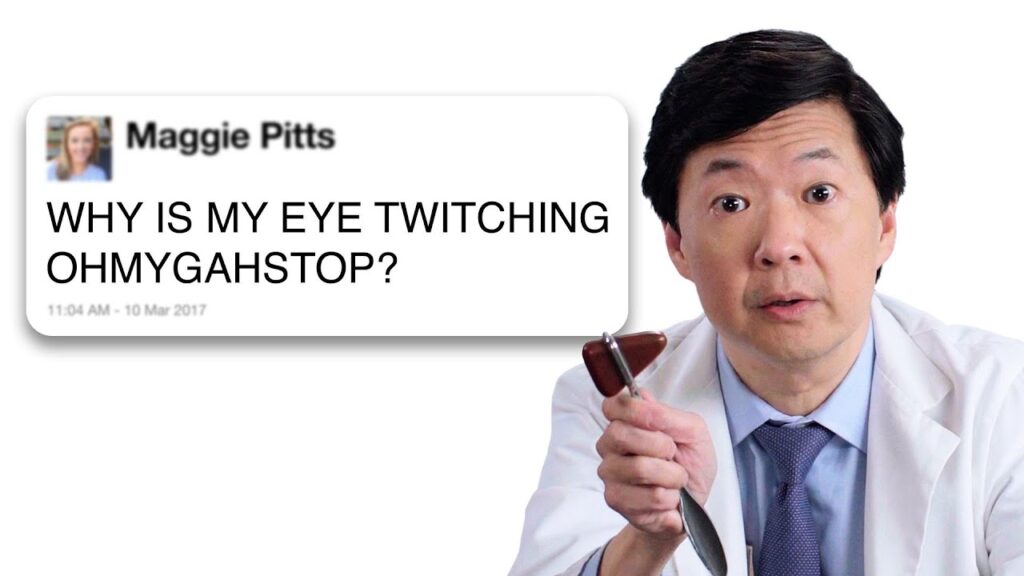Superpowers in Zack Snyder’s Justice League: A Behind-the-Scenes Look
Summary
In this article, we delve into the major superpowers in Zack Snyder’s Justice League and the challenges faced by the production team while creating the costumes and special effects for the characters.
Table of Contents
- Superman’s Heat Vision
- Super Strength: Superman vs. Wonder Woman
- Wonder Woman’s Lasso
- Creating Dr. Manhattan and Flash’s Special Effects
- Time Travel in the Movie
Superman’s Heat Vision
John DJ Desjardin, the visual effects supervisor for Zack Snyder’s Justice League, explains that Superman’s heat vision has a unique character to it, and they wanted to differentiate it from Zod’s heat vision. They worked hard to ensure that it didn’t look like the easiest thing to do, and that it wouldn’t have a fall-off. They surveyed everything and used LiDAR to model the insides of scenes to bring it out to various degrees in the composit. They also used various techniques to make Superman take off from a standing position and become airborne.
Super Strength: Superman vs. Wonder Woman
In terms of super strength, Superman can wield things around as quickly as he wants, and they used lightweight foam to give him handholds. There were discussions about who was stronger, Wonder Woman or Superman, and while Superman is stronger with raw brute strength, Wonder Woman is magical.
Wonder Woman’s Lasso
Wonder Woman’s lasso only lights up when it encircles an organic or living thing, and this is evident in the movie when she lassoes the catwalk to change her trajectory and help her land on it.
Creating Dr. Manhattan and Flash’s Special Effects
The article discusses the challenges faced by the production team while creating the costumes and special effects for the characters of Dr. Manhattan and Flash in the movie. For Dr. Manhattan’s LED suit, the team faced the challenge of finding a way to light up the character without the LEDs breaking. They eventually used bungees to keep the LEDs from breaking and called the suit “the boos.” For Flash, the team had a rule to never show him running in a traditional sense. Instead, they used slow-motion effects to show him revving up before disappearing, and shot him at 48 frames per second to give him a floating effect. In the junction rescue scene, the team used a KUKA arm motion control rig to float Iris while Ezra pretended to guide her down without touching her too much.
Time Travel in the Movie
The article also mentions that time travel was a part of the movie’s plot.
Conclusion
Zack Snyder’s Justice League is a visual spectacle that showcases the unique superpowers of its characters. The production team faced many challenges while creating the special effects for the movie, but their hard work paid off in the end, resulting in a movie that is a treat for the eyes.







